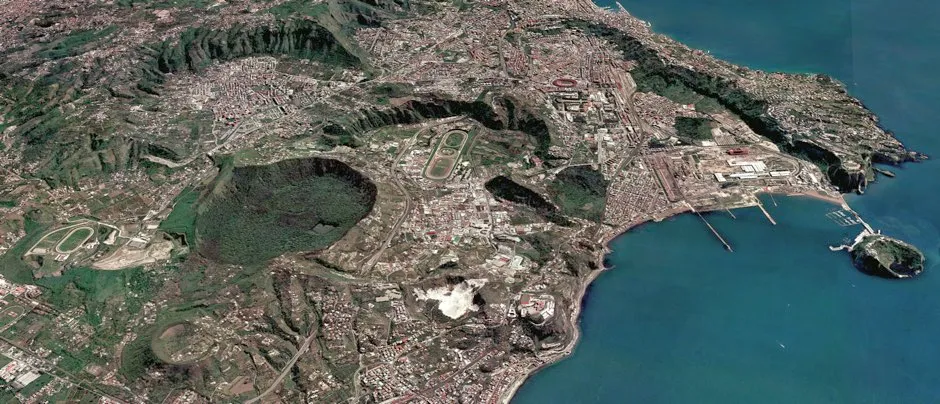When volcanoes erupt, the magma doesn’t always shoot directly from their tops as is often depicted in the movies. It’s common for magma to erupt from vents formed on the volcano’s side or even travel sideways, forcing its way through underlying rock before finally breaching the Earth’s surface.
As vents can open anywhere on a volcano’s flank, or even on the rim of its caldera, the cauldron-like hollow filled with bubbling magma, predicting exactly where and when an eruption will occur is incredibly difficult.
Now, researchers at the GFZ German Research Centre for Geosciences in Potsdam have developed a multi-disciplinary method based on physical and statistical analysis that has improved upon the accuracy of current methods.
“Volcanologists often assume that the volcano will behave like it did in the past,” said lead researcher Dr Eleonora Rivalta. “The problem is that often only a few tens of vents are visible on the volcano surface as major eruptive episodes tend to cover or obliterate past eruptive patterns. Hence, as mathematically sophisticated as the procedure can be, sparse data lead to coarse maps with large uncertainties. Moreover, the dynamics of a volcano may change with time, so that vent locations will shift."

The team tackled these problems by producing a complex computer model based on the most up-to-date physical understanding of magma behaviour, its likely path of least resistance, and statistical data gathered from previous eruptions.
They applied the model to historical data gathered from Campi Flegrei, a caldera close or Naples, Italy, and were able to correctly forecast the location of historical vents that were not used to tune the model.
“The most difficult part was to formulate the method in a way that works for all volcanoes and not just one - to generalise it,” said Rivalta. “We will now perform more tests. If our method works well on other volcanoes too, it may help planning land usage in volcanic areas and forecasting the location of future eruptions with a higher certainty than previously possible.”
Read more about volcanoes:
- How to stop a volcano
- What would happen if the supervolcano under Yellowstone erupted?
- How to survive inside one of Earth’s deadliest volcanoes
Follow Science Focus onTwitter,Facebook, Instagramand Flipboard
